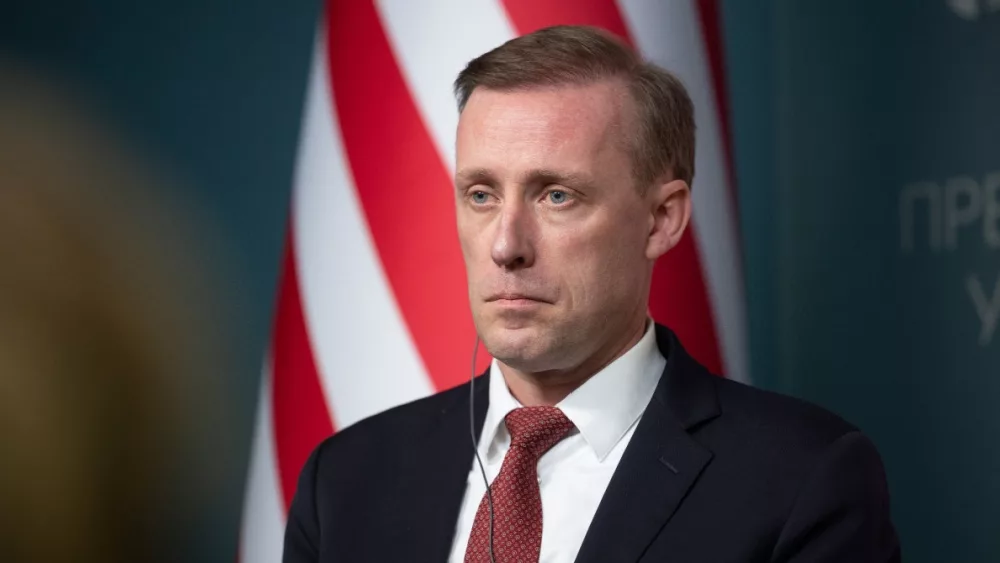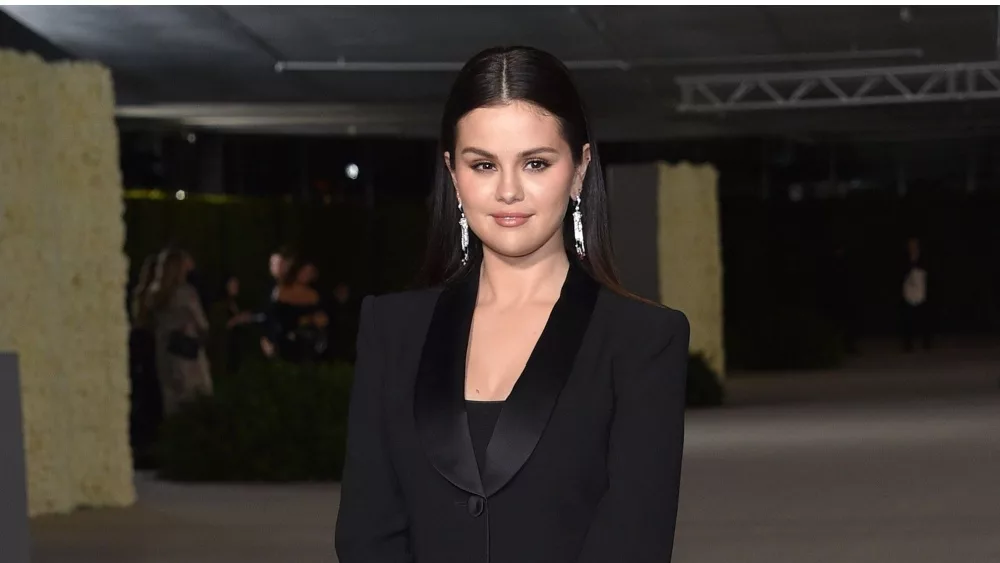Governor Kelly has announced a final distribution order for population groups in Kansas to receive the COVID-19 vaccine.
At a news conference Thursday, the governor said the state has distributed 45,872 doses to health care workers and long-term care residents, and that Phase 1 distribution should be completed by the end of the month.
The governor said there will be five phases in all:
Phase 1:
• Health care workers
• Residents or patients in long-term care facilities and senior housing
• Workers critical to pandemic response continuity
*Phase 1 groups have already begun to receive vaccines
Phase 2:
• Persons aged 65 and older
• High-contact critical workers necessary to maintain systems, assets, and activities that are vital to the state security, the economy or public health, or who interact with large numbers of contacts and job-related COVID-19 exposure. COVID-19 risk is associated with the likelihood of infecting oneself or spreading the virus. Factors that increase risk include proximity, type of contact, duration of contacts and challenges to implement protective measures. This includes:
o Firefighters, police officers, first responders, and correction officers
o Grocery store workers and food services
o K-12 and childcare workers, including teachers, custodians, drivers, and other staff
o Food processing, including meat processing plants
o Large-scale aviation manufacturing plants
o Transportation workers
o Workers in retail, agriculture, supply of critical services or materials for COVID-19 response, the U.S. Postal Service, and Department of motor vehicles
• Those living or working in licensed congregate settings and other special care or congregate environments where social distancing is not possible, including:
o Homeless shelters
o Congregate childcare institutions
o Emergency shelters or safe houses
o Corrections facilities
o Behavioral health institutions
Phase 3:
• Those aged 16-64 with serious medical conditions that increase the risk for severe illness from COVID-19, including:
o Cancer
o Chronic kidney disease
o Chronic obstructive pulmonary disease
o Down Syndrome
o Heart conditions like cardiomyopathies
o Immunocompromised state from solid organ transplant
o Type 2 diabetes
o Sickle cell disease
o Pregnant patients
• Other non-health care workers in critical infrastructure who cannot work remotely, including:
o Agricultural and food workers not included in previous phases
o Workers performing in-person activities indoors, in critical manufacturing, not included in previous phases. This includes aviation and production of critical supplies for the COVID response
o Utility workers
o Social service and government workers not included in previous phases
o Logistics workers, such as truck transportation workers, couriers and others
o Water and wastewater workers
o Shelter and housing workers, finance workers
o Information technology and communications workers
Phase 4:
• Those aged 16-64 with other medical conditions that increase the risk for severe illness from COVID-19 such as:
o Asthma
o Cerebrovascular disease
o Cystic Fibrosis
o Immunocompromised state from blood or bone marrow transplant, immune deficiencies, or use of immune weakening medicines
o Neurologic conditions such as dementia
o Liver disease
o Pulmonary fibrosis
o Type 1 diabetes
o Obesity and severe obesity
Phase 5:
• The rest of the population 16 and older
• Potentially children, dependent upon further research on the effectiveness and risks associated with vaccinating kids
The governor said the phase groups were created with guidance from national and state public health experts and with input from the Kansas Coronavirus Vaccine Advisory Council, which represents a diverse population group in the state.







